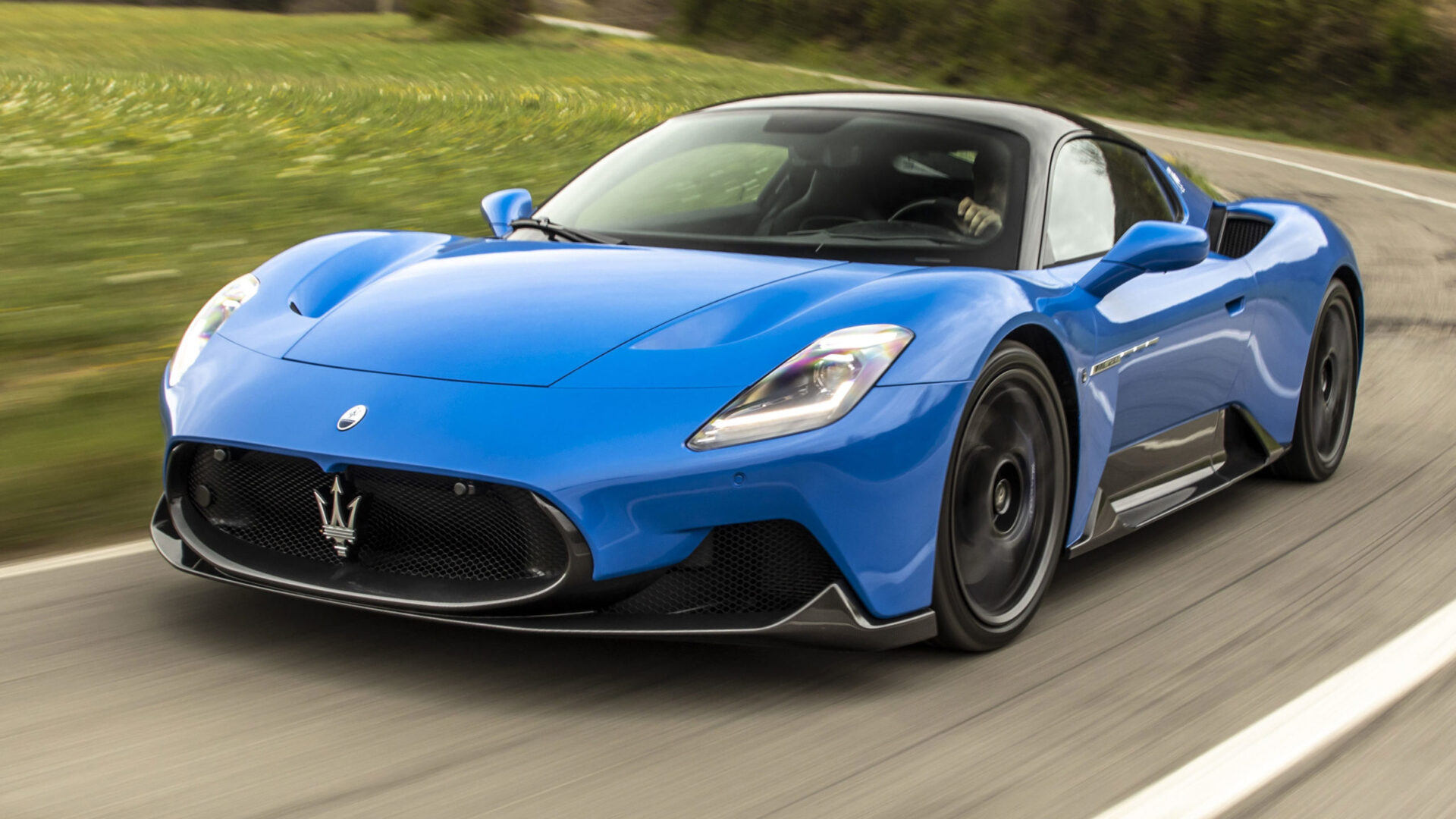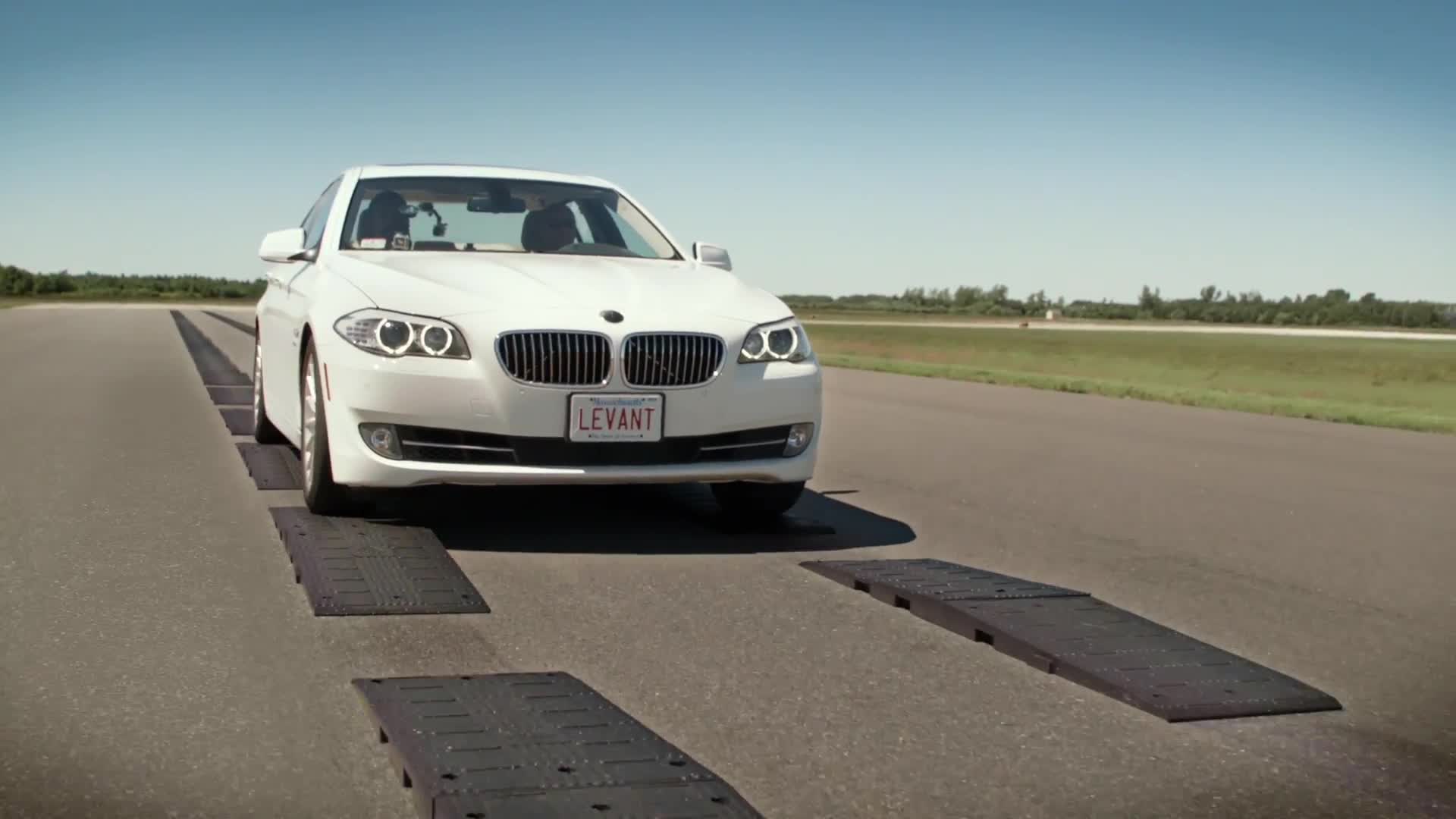The Evolution of Cars: A Journey Through Time and Technology

Evolution of Cars, Cars have come a long way since their inception, transforming from simple, hand-crafted machines into highly sophisticated vehicles that are integral to modern life. Over the years, the automotive industry has witnessed remarkable advancements in design, performance, safety, and technology. These innovations have shaped the way we drive and interact with our cars today.

Evolution of Cars, The Birth of the Automobile
The journey of the automobile began in the late 19th century. While various inventors had tried to create horseless carriages, the breakthrough came with Karl Benz’s creation of the first practical gasoline-powered car, the Benz Patent-Motorwagen, in 1885. This three-wheeled vehicle is widely considered to be the first true automobile.
Soon after, other inventors, including Gottlieb Daimler and Wilhelm Maybach, built vehicles with gasoline engines, which laid the foundation for modern cars. These early automobiles were far from practical by today’s standards, but they set the stage for the automotive revolution that would follow.
The Rise of Mass Production
Evolution of Cars, While cars existed in limited numbers for wealthy individuals, the real breakthrough came with the advent of mass production techniques in the early 20th century. In 1908, Henry Ford revolutionized the car industry by introducing the moving assembly line at his Ford Motor Company. This allowed Ford to produce vehicles at an unprecedented scale and speed, making cars more affordable for the average consumer.
The Ford Model T, introduced in 1908, became the first mass-produced car. Its affordability and simplicity made it immensely popular, and it played a pivotal role in shaping the automobile market. For the first time, cars were no longer luxury items but a commodity available to the masses.
The Mid-20th Century: Innovation and Design
Evolution of Cars, cars became more accessible, the focus of the industry shifted to improving design, comfort, and performance. In the 1930s and 1940s, manufacturers began incorporating more advanced features, including better suspension systems, improved engines, and more stylish body designs.
The post-war era in the 1950s marked a time of significant innovation, as manufacturers began introducing cars with more powerful engines, smoother rides, and better safety features. Cars such as the Chevrolet Corvette, Ford Mustang, and the Cadillac Eldorado became iconic symbols of American automotive culture, known for their sleek designs and high-performance capabilities.
At the same time, safety became a growing concern. In 1959, Volvo introduced the three-point seatbelt, a groundbreaking safety feature that would later become standard in all vehicles. This was a major turning point in the automobile industry, signaling a greater emphasis on passenger protection.
Technological Advancements: The Age of Electronics and Automation
The latter half of the 20th century saw a dramatic shift in automotive technology. By the 1970s and 1980s, cars began to incorporate more advanced electronic systems. Innovations like electronic fuel injection, anti-lock braking systems (ABS), and power steering became commonplace, significantly improving both performance and driver experience.
In the 1990s, the rise of the internet and digital technology introduced new possibilities for cars. The first onboard navigation systems were introduced, allowing drivers to find their way without needing paper maps. Meanwhile, automotive manufacturers began experimenting with hybrid engines, laying the groundwork for more environmentally friendly vehicles.
In the early 2000s, the introduction of more advanced safety systems, such as airbags, electronic stability control (ESC), and rearview cameras, further improved vehicle safety and contributed to a decline in traffic fatalities. Additionally, hybrid and electric vehicles (EVs) became increasingly popular, with companies like Toyota, with its Prius, leading the way in hybrid technology.
The Modern Era: Connectivity, Automation, and Sustainability
Today, cars are more advanced than ever. The latest models come equipped with a wide range of features, including autonomous driving capabilities, advanced driver assistance systems (ADAS), and connectivity to smartphones and smart home devices. Innovations like lane-keeping assist, adaptive cruise control, and automatic emergency braking are now standard in many vehicles, improving both safety and convenience.
Autonomous vehicles, often referred to as self-driving cars, are no longer a concept reserved for science fiction. Companies like Tesla, Google’s Waymo, and various traditional automakers are developing and testing fully autonomous vehicles that can navigate without human intervention. While full autonomy is not yet widespread, the technology is rapidly advancing, and we may see self-driving cars become mainstream in the next decade.
In addition to technological advancements, the automotive industry is also moving toward greater sustainability. Electric vehicles (EVs) have become increasingly popular as consumers seek more eco-friendly alternatives to traditional gasoline-powered cars. Major automakers, including General Motors, Volkswagen, and Ford, are committing to producing more electric vehicles in the coming years, driven by both environmental concerns and government regulations aimed at reducing carbon emissions.
EVs, such as the Tesla Model 3, Nissan Leaf, and Chevrolet Bolt, offer zero-emissions driving and are powered by electricity instead of fossil fuels. As battery technology continues to improve, EVs are becoming more affordable, and charging infrastructure is expanding, making electric cars a viable option for more people around the world.
The Future of Cars: Innovation and Transformation
Evolution of Cars, Looking ahead, the future of cars promises even more exciting developments. Alongside the continued evolution of electric vehicles and autonomous driving technology, we are likely to see advancements in areas such as vehicle-to-vehicle (V2V) communication, smart infrastructure, and 3D-printed car parts.
Vehicle-to-vehicle communication allows cars to exchange data with each other to prevent accidents, improve traffic flow, and increase overall safety. Smart cities, equipped with sensors and intelligent infrastructure, will enable cars to communicate with traffic lights and road signs to optimize driving conditions.
Evolution of Cars, The rise of 3D printing in automotive manufacturing is also expected to revolutionize the industry. With the ability to print car parts on demand, manufacturers will be able to reduce production costs and create custom vehicles tailored to individual needs.
Conclusion
Evolution of Cars, The automobile has come a long way since its early days, with countless innovations shaping the cars we drive today. From the birth of the automobile to the rise of mass production, safety advancements, and technological innovations, the evolution of cars has transformed not only how we travel but also how we live.
As we move into the future, the automotive industry will continue to push the boundaries of technology, focusing on sustainability, connectivity, and autonomy. While the cars of tomorrow may look and drive differently than those of today, one thing is certain—the journey of innovation in the automotive world is far from over.
Read More : The Evolution of the Car: From Invention to Modern Innovation







